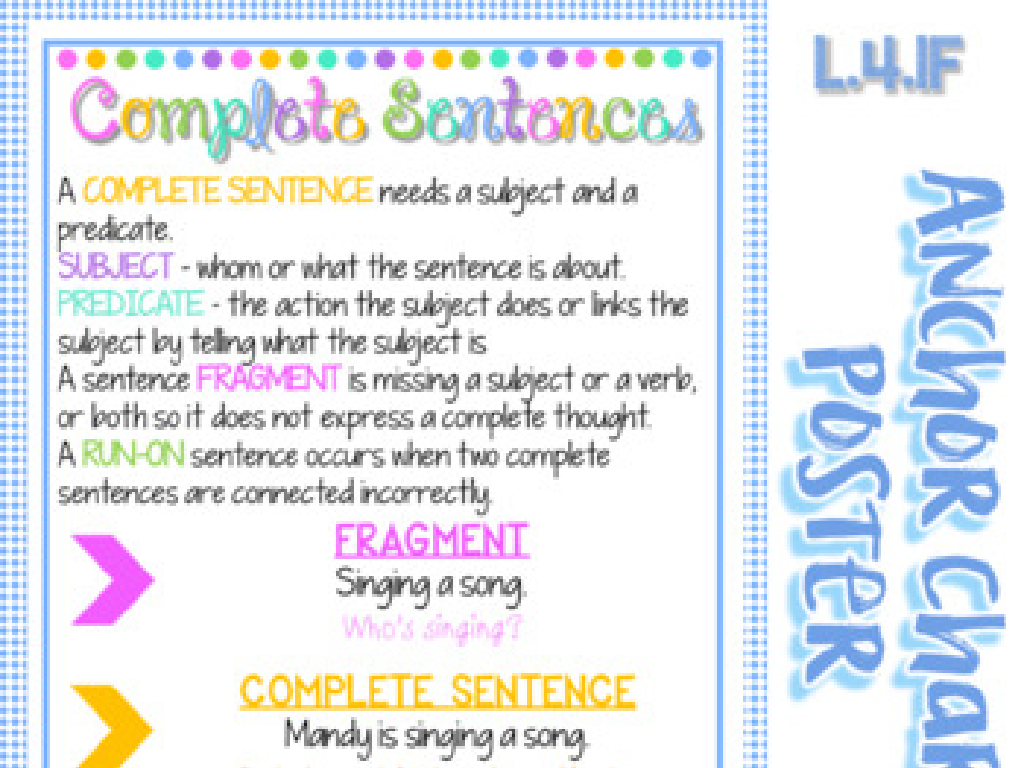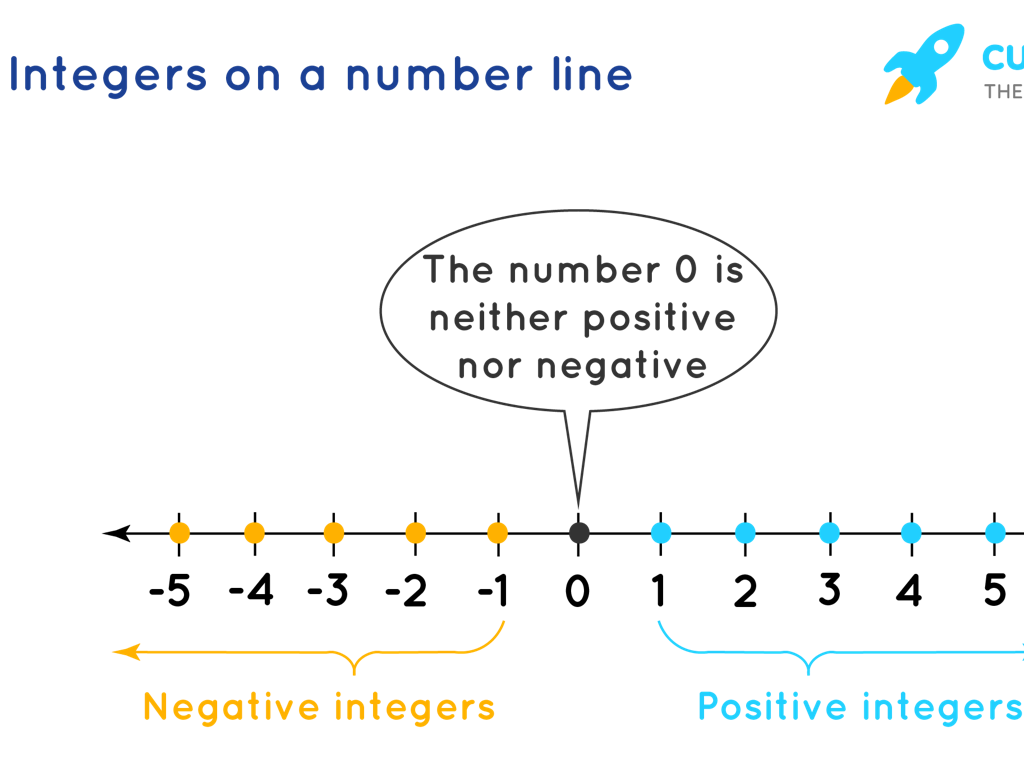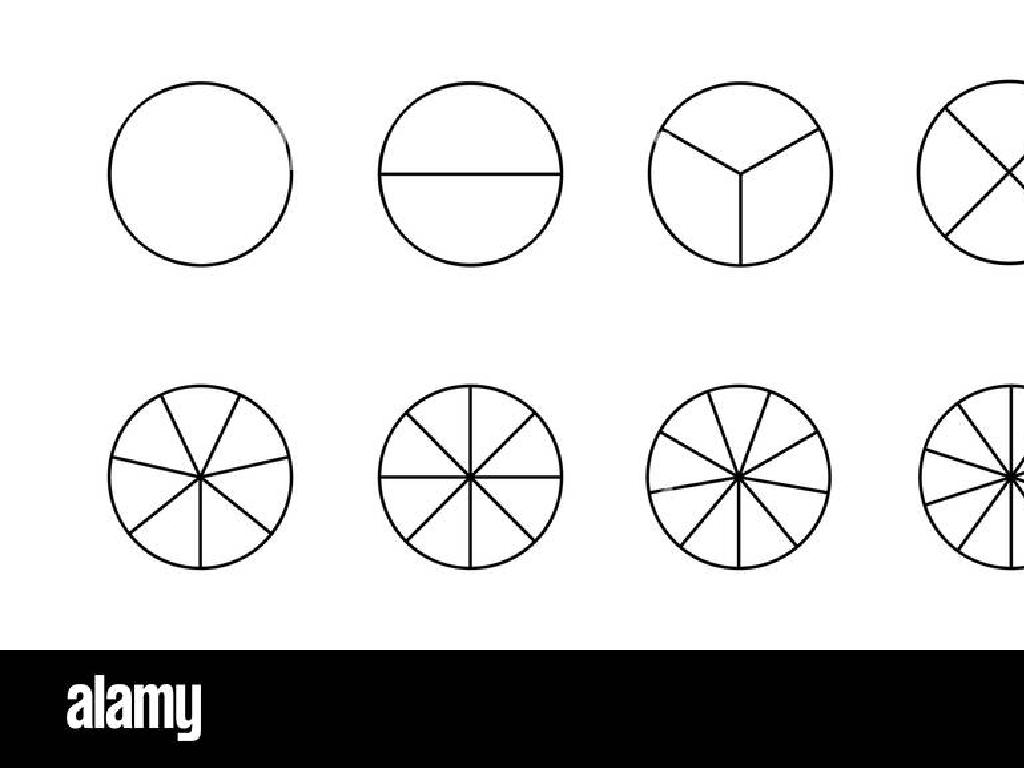Multiply By Multiples Of 10, 100, And 1,000
Subject: Math
Grade: Fourth grade
Topic: Multiply By One-Digit Numbers
Please LOG IN to download the presentation. Access is available to registered users only.
View More Content
Multiplying by Multiples of 10, 100, and 1,000
– Understanding basic multiplication
– Multiplication is repeated addition
– Reviewing multiplication facts
– Quick recall of times tables is essential
– Exploring multiples of 10, 100, 1,000
– Multiples are what we get after multiplying the number by an integer
– Practice with real examples
– For example, 20 x 10, 350 x 100, 5 x 1,000
|
This slide introduces the concept of multiplication as a foundation for understanding how to multiply by larger numbers such as 10, 100, and 1,000. Begin by explaining multiplication as repeated addition, which will help students grasp the concept of multiplying by multiples of 10, 100, and 1,000. Reviewing multiplication facts ensures that students are comfortable with simpler multiplication before moving on to larger numbers. Illustrate what multiples of 10, 100, and 1,000 look like and how to easily calculate them by adding zeros to the original number. Provide real-world examples and practice problems to solidify their understanding. Encourage students to think of scenarios where they might use this type of multiplication in everyday life.
Multiplying by 10
– Learn to multiply numbers by 10
– Just add a zero to the number
It’s like the number grows one place value larger.
– Example: 4 x 10 becomes 40
4 becomes one place value larger to 40.
– Example: 7 x 10 becomes 70
7 grows one place value larger to 70.
|
This slide introduces the concept of multiplying single-digit numbers by 10. The key takeaway for students is the pattern that emerges when multiplying by 10: simply adding a zero to the end of the original number. This is a foundational skill in understanding place value and preparing for more complex multiplication. Use the examples provided to demonstrate this pattern, and encourage students to work out several more examples on their own to solidify their understanding. Remind them that multiplying by 10 shifts the digits one place value to the left, making the number ten times larger.
Multiplying by 100
– Grasping multiplication by 100
– Multiplication as repeated addition
– Just add two zeros to the number
– 3 becomes 300, 6 becomes 600
– Example: 3 x 100 = 300
– 3 lots of 100 is 300
– Example: 6 x 100 = 600
– 6 lots of 100 is 600
|
This slide aims to simplify the concept of multiplying by 100 for fourth graders. Start by explaining that multiplication is a faster way of adding the same number over and over again. When we multiply any number by 100, we are essentially adding that number to itself 100 times, which can be quickly done by adding two zeros to the end of the original number. Use visual aids or manipulatives to show this concept if possible. Provide examples with small numbers like 3 and 6 to demonstrate the rule. Encourage students to practice with different numbers and to check their understanding by reversing the process, removing two zeros to find the original number.
Multiplying by 1,000
– Understanding multiplication by 1,000
– Multiplying by 1,000 makes the number much bigger
– Just add three zeros to the number
– It’s like counting how many thousands there are
– Example: 2 x 1,000 = 2,000
– 2 becomes 2,000 because we have two thousands
– Example: 5 x 1,000 = 5,000
– 5 becomes 5,000, which means five thousands
|
This slide introduces the concept of multiplying single-digit numbers by 1,000, which is a fundamental skill in understanding place value and number scaling. Emphasize to students that when we multiply by 1,000, we are essentially counting how many thousands are in the number. Use the examples provided to show that multiplying by 1,000 is as simple as adding three zeros to the original number. Encourage students to practice with different numbers and to visualize the process as stacking groups of a thousand. This concept builds a foundation for understanding larger numbers and prepares students for more complex multiplication.
Patterns in Multiplication
– Discover patterns in multiplication
– Numbers ending in zeros have a pattern when multiplied
– Use patterns for quick multiplication
– Multiplying by 10, 100, or 1,000 just adds zeros
– Solve practice problems
– Try multiplying 4 x 10, 4 x 100, and 4 x 1,000
– Understand patterns with 10, 100, 1,000
– Notice how the number of zeros in the product increases
|
This slide introduces students to the concept of identifying and using patterns to multiply numbers quickly, which is especially useful when multiplying by multiples of 10, 100, and 1,000. Start by showing students how multiplication by these numbers follows a pattern, emphasizing that the number of zeros in the multiplier is the number of zeros added to the original number. Provide several examples and then give students practice problems to reinforce the concept. Encourage them to explain the patterns they see and how they can use these patterns to multiply larger numbers efficiently. This will help build their mental math skills and understanding of place value.
Real-World Application: Multiplication with Multiples of 10, 100, and 1,000
– Understanding the usefulness of multiplication
– Multiplication examples with money
– If you have 10 bags with $10 each, how much money do you have in total?
– Multiplication in measuring things
– How many centimeters are in 4 meters if 1 meter equals 100 centimeters?
– Discuss real-world multiplication scenarios
|
This slide aims to show students how multiplication by 10, 100, and 1,000 is applied in everyday life, particularly in situations involving money and measurement. For instance, understanding how to multiply can help when calculating total amounts of money in multiple wallets or the total length of multiple objects. During the group discussion, encourage students to think of and discuss other real-world scenarios where they might use multiplication by multiples of 10, 100, and 1,000. This could include buying several packs of the same item, measuring long distances, or scaling up a recipe. The goal is to help students see the practical value of what they learn in math class.
Class Activity: Multiplying Classroom Items
– Group activity with classroom objects
– Each group multiplies quantities by 10, 100, 1,000
– For example, if we have 4 erasers, what are 10, 100, and 1,000 times more?
– Share results with the class
– Discuss findings and methods used
– Compare different groups’ approaches and answers
|
This interactive class activity is designed to help students understand multiplication by multiples of 10, 100, and 1,000 through hands-on experience. Divide the class into small groups and assign each group a set of classroom objects. Each group will calculate the total quantity when multiplied by 10, 100, and 1,000. After the activity, groups will present their results and discuss the patterns they noticed. As a teacher, guide the discussion to reinforce the concept that multiplying by these multiples is like adding zeros to the original number. Encourage students to explain their thought process and ensure they understand why the patterns occur. Possible variations of the activity could include using different objects, working individually, or creating a poster of their findings.
Practice Time: Multiplication Mastery
– Complete the worksheet individually
– Multiply numbers by 10, 100, 1,000
– Examples: 7 x 10 = 70, 8 x 100 = 800, 6 x 1,000 = 6,000
– Exchange sheets for peer review
– Check each other’s work carefully
– Discuss any different answers
– Understand mistakes to learn
|
This slide is for a class activity focused on practicing multiplication by multiples of 10, 100, and 1,000. Provide students with individual worksheets containing a variety of problems that require them to multiply single-digit numbers by 10, 100, and 1,000. After completion, students will pair up to review each other’s answers, fostering peer learning and collaboration. Encourage them to discuss any discrepancies in their answers to understand different approaches and correct any mistakes. This activity will help solidify their understanding of place value and the concept of scaling numbers by powers of ten. Possible variations of the activity could include timed challenges, group competitions, or incorporating word problems to provide context.
Review and Reflect: Multiplication Mastery
– Recap key multiplication concepts
– Multiplying by 10, 100, 1,000 keeps the digits the same, but moves the decimal point to the right.
– Address questions and challenges
– What parts of the lesson were tricky? How can we solve these problems?
– Reflect on new multiplication skills
– How has our understanding of multiplication by multiples of 10 improved?
– Think about real-world applications
|
This slide aims to consolidate the learning from the lesson on multiplying by multiples of 10, 100, and 1,000. Begin by summarizing the key points, emphasizing the pattern that emerges when multiplying by these multiples. Encourage students to ask questions about any part of the lesson they found challenging, and use this time to address misunderstandings. Prompt reflection by asking students how their skills have improved and how they might use this knowledge in real-life situations, such as understanding money or measuring distances. This reflection helps students see the value of what they’ve learned beyond the classroom.
Homework: Multiplying by 10s, 100s, and 1,000s
– Practice multiplying by 10, 100, 1,000
– Complete the multiplication worksheet
– Use the worksheet to apply what we’ve learned
– Get ready for a quick quiz next class
– The quiz will cover multiplying by multiples of 10, 100, and 1,000
– Review your answers and ask questions
– Double-check your work and prepare any questions for review
|
This slide outlines the homework assignment focused on reinforcing the concept of multiplying by multiples of 10, 100, and 1,000. Students are expected to practice these multiplications at home to solidify their understanding. The provided worksheet serves as a structured practice tool, and students should complete it before the next class. Additionally, they should prepare for a quick quiz that will assess their grasp of the concept. Encourage students to review their worksheet answers and come to class with questions. This will help ensure they are well-prepared and confident in their multiplication skills. As a teacher, be ready to provide additional examples or strategies during the next class to support students who may need extra help.





